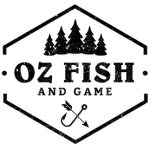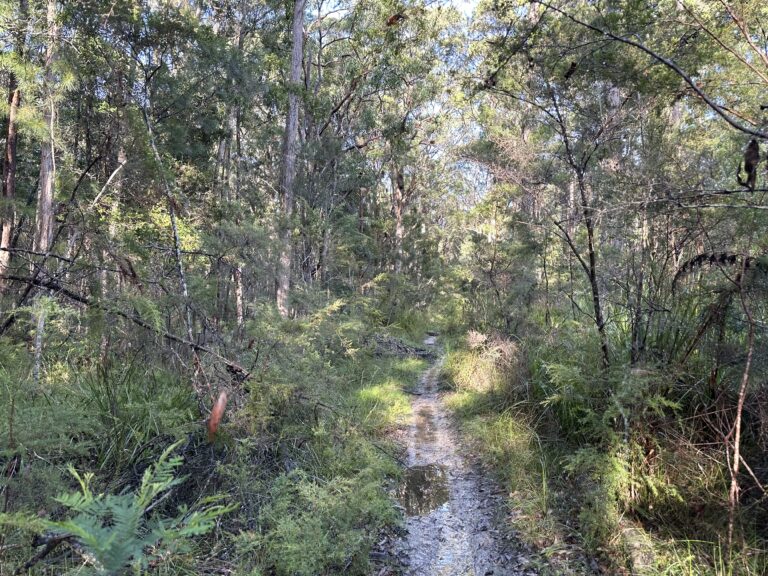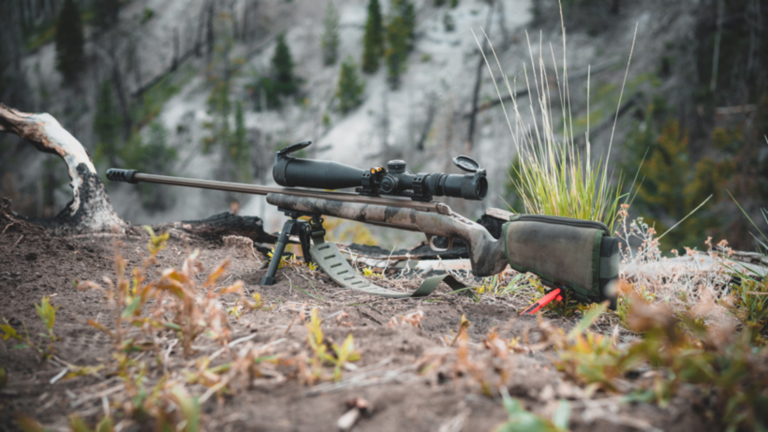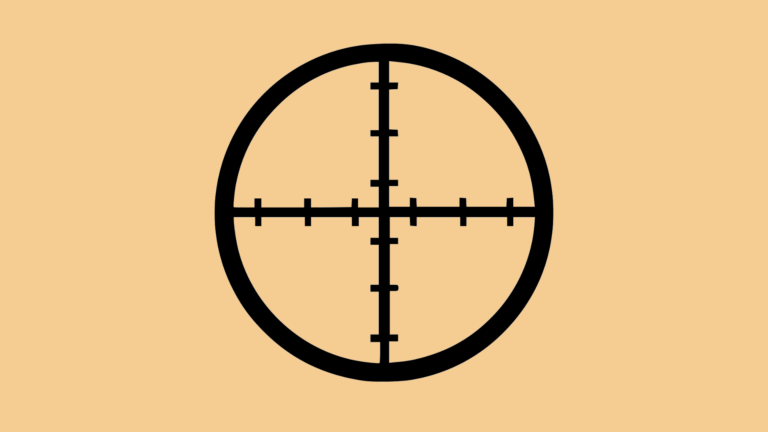When it comes to safety in the field, we often hyper-focus on the physical factors that cause injury – Firearms-related incidents, falls from height, or snake bites. However, this creates an area of oversight when it comes to some of the more subtle dangers, such as infection control and the handling of game meat. In this article, I’ll be discussing Brucellosis – an infectious disease that can have fatal consequences, if left untreated. First of all, we need to discuss what brucellosis actually is…
What is brucellosis?
Brucellosis is a bacterial disease, which spreads through contact with infected animals. Infection occurs when blood, bodily fluids, or tissue from an infected animal comes in contact with a person’s eyes, nose, mouth, or open wounds. It can also be transmitted by eating undercooked meat.
Infection can cause severe, long-lasting health problems, or even death. For this reason, it must be diagnosed and treated quickly.
Where is it found?
This disease is common in feral pig populations throughout Queensland and Northern NSW. Recently, the Hunter Valley (NSW) has also been issued with an alert for its presence.
Realistically, it has the potential to be widespread throughout Australia. Care should be taken at all times when handling feral pig carcasses.
Who is at risk?
In NSW, feral pig hunters have the highest risk of infection, followed closely by farmers and pig trappers. However, this threat isn’t isolated to just humans and pigs. Pig hunting dogs are also at high risk, and may pass on this infection to other dogs and humans.
Signs of infection
Pigs
Visual signs of infection include:
- Swollen or inflamed testicles (boars),
- Vaginal discharge (sows),
- Swollen joints,
- Lameness – meaning they have an abnormal stance or movement. This may appear as a lack of muscle coordination or hind leg paralysis.
People
Brucellosis typically begins with a flu-like illness, symptoms include:
- Fever,
- Headache,
- Weakness,
- Drenching sweats,
- Chills,
- Weight loss,
- Joint and muscle pain, and generalised aches,
- Inflammation of the liver and spleen,
- Gastrointestinal or respiratory symptoms,
- Testicle inflammation,
- In rare cases, the valves inside the heart may become infected. This can be fatal.
Symptoms usually begin 5-60 days after a person has become infected. The infection typically lasts for days or months. However on occasion, it may last for a period greater than 12 months, and symptoms may be recurring.
Pregnant women and their babies are at risk of developing severe disease. If left untreated, the infection may cause birth defects, spontaneous abortion, or foetal death.
If you become sick, seek professional healthcare early. When seeing your doctor, make sure that you tell them about your hunting activity.
Notes:
- Some people may have mild or no symptoms of infection.
- It is rare for Brucellosis to pass from one person to another.
Dogs
Dogs infected with Brucellosis may remain bright and alert and show no obvious sign of infection. Otherwise, the range of symptoms can include:
- Fever,
- Enlarged testicle/s,
- Enlarged prostate,
- Back pain,
- Lameness,
- Vomiting,
- Lethargy,
- Haematuria,
- Persistent vaginal discharge,
- Abortion of litter, generally around 45-55 days of gestation, and;
- birth of stillborn or weak puppies, that may die a few days after birth.
During the early stages of brucellosis, enlarged lymph nodes are common. This may include the intervertebral discs, eyes, kidneys, or brain. If the bacteria infects these other tissues, the signs will be related to the bodily system that is infected.
How do I reduce my chance of exposure?
Wear protective gear
- Avoid direct contact (bare skin) with animal blood, body fluid, or tissues. When dressing & butchering wear rubber gloves, overalls, eye protection, and boots that can be cleaned and disinfected.
- Protect all open wounds. Use surgical/latex gloves to cover cuts and abrasions on hands, and waterproof dressings on other areas.
Safe slaughtering and gutting tips
- Use clean, sharp knives,
- Slow down, take the time to make clean cuts,
- Make sure that you have enough lighting to see properly,
- If cut or scratched, immediately stop, thoroughly clean the wound with soap and warm water, dry with a clean cloth, and protect the wound by using waterproof dressings or surgical/latex gloves,
- Do not eat, drink, or smoke while cutting up the pig,
- Avoid opening high-risk tissues such as swollen joints and testicles, and;
- If the pig looks sick, do not handle or butcher it, and do not give the meat to your dogs.
Disposing of the carcass, and cleaning your gear
- If possible, bury or burn the waste (animal carcass, tissues, etc.) – take particular care when handling and disposing of reproductive organs and tissues,
- Wash off urine, faeces, blood, and other body fluids that may have gotten onto your hands or clothes, and thoroughly clean all working areas and contaminated vehicles with soapy water,
- Clean vehicles used to transport carcasses with soapy water – avoid using high-pressure hoses or cleaners,
- Clean all tools, reusable gloves, boots, and surfaces with a disinfectant (such as diluted bleach solution – 1 cup of bleach for every 9 cups of water), and;
- Thoroughly wash hands and arms in soapy water; carry and regularly use alcohol hand sanitiser when soap and water are not available.
Practice safe food handling techniques
- Thoroughly wash your hands, arms, and all surfaces with soapy water before and after butchering,
- Butcher meat in an area away from where the pig was slaughtered and gutted,
- Keep raw meat, chopping boards, knives, and utensils separated from cooked meat and other foods,
- Thoroughly cook your meat before eating, and;
- Chill raw and cooked game meat immediately.
Note: Freezing, smoking, drying, or pickling will not kill the bacteria that causes brucellosis.
Protect your family
Pregnant women and their babies are at greater risk of severe disease, so should avoid all contact with feral pigs, hunting activities, and avoid contact with hunting dogs.
Children should also be kept a safe distance away from slaughtering, field dressing, and butchering to reduce the risk of being splashed with body fluids of the pig.
Protect your dogs
Do not feed dogs (or other domestic animals) raw feral pig meat, bones, testicles, foetuses, or other reproductive tissues from the pig.
Wash dogs after each hunt – preferably wash dogs before leaving the hunting site, while wearing protective gear, and do so away from others.
Do not breed from dogs suspected or known to be infected with Brucellosis. Once an animal is infected, it is infected for life. Medication and castration may drastically reduce the production of the Brucellosis bacteria, but it is never completely eliminated.
If dogs are wounded during a hunt, use protective gear while administering first aid (gently wash wounds with clean water and cover with dressings) and take the dog to a veterinarian – avoid suturing wounds in the field.
Watch for signs of illness in your dogs and contact your veterinarian if you have any concerns.
Additional resources
For further information about brucellosis in humans:
- Read the NSW Health Brucellosis fact sheet, or;
- call your local Public Health Unit on 1300 066 055.
For further information about brucellosis in animals, see the NSW Department of Primary Industries (DPI) website at:









